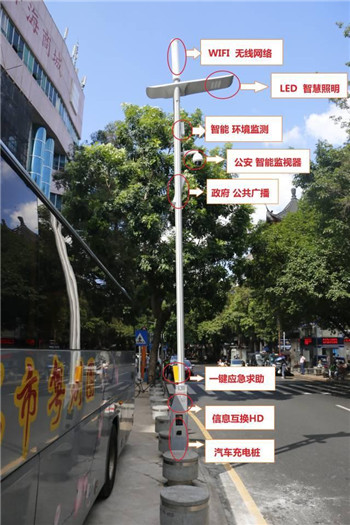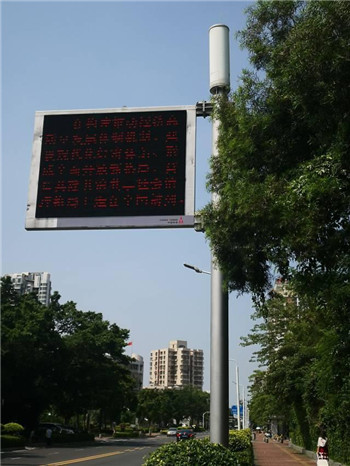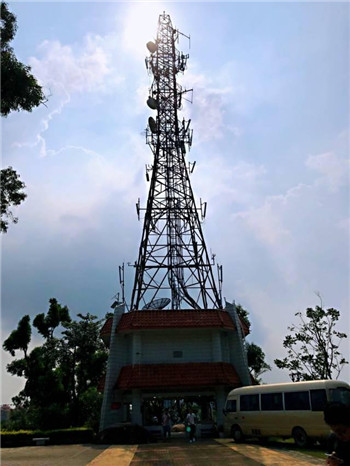 中文PortuguêsEspañolContact Us
中文PortuguêsEspañolContact Us
Mobile communications infrastructure for the Hong Kong-Zhuhai-Macao Bridge (HZMB) has been completed using mostly available public resources. The system has passed network tests of the three major telecom operators in China.
By sharing pipelines, power supply, machine rooms, and other facilities, the system can cut investment by 66 percent compared with traditional construction methods and has shortened the schedule by 65 days.
According to China Tower Guangdong Branch, the province's innovative approach allowed full access to power towers and other public infrastructure. Connectivity between them and mobile communication towers will be strengthened to enable completely free information exchange and sharing.

Multi-functional pole integrating vehicle charging, emergency call, public broadcast, environmental monitoring, LED lighting, and Wifi connection
The process will be helped by China Tower Guangdong Branch and Guangdong Power Grid, the latter a wholly owned subsidiary of China Southern Power Grid (CSG), under a cooperation agreement. The former will open power transmission towers across the province while the latter shares communication tower sites and operating platforms relying on the Internet of Things and internet technologies.

Street pole
The project's highly effective resource usage was necessitated by network needs.
Communication towers, namely communication base stations, will be distributed more densely to welcome the 5G era. Micro towers will be increased to cooperate with macro towers and be used to share massive data, according to an engineer.
According to estimates, Guangdong Power Grid of SCG can make the most of more than 1,000 steel towers and electric poles in building new communication base stations. This will save about 30,000 sq m (2.5 acres) of land and more than 60,000 construction days and save hundreds of millions of yuan in investment.

Communication towers [Photos courtesy Southern Plus]